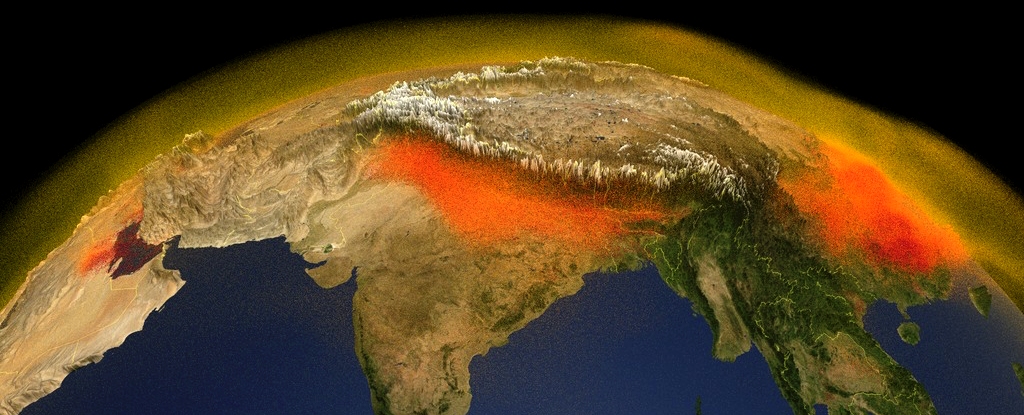Products You May Like
Methane emissions from fossil fuels must be slashed immediately to limit climate warming, and major reductions are possible with existing technologies at low cost, the International Energy Agency said Wednesday.
Methane is far less abundant in the atmosphere than carbon dioxide, but is responsible for around 30 percent of the global rise in temperatures to date.
It lingers in the atmosphere for only around a decade, but absorbs energy much more quickly than carbon dioxide, and cutting emissions of the greenhouse gas is seen as a quick way to limit global warming in the short term, and rapidly improve air quality.
The energy sector accounts for nearly 40 percent of the methane produced by human activity, but it has made little progress on curbing emissions.
“Immediate reductions in methane emissions are needed to limit warming to 1.5 Celcius,” the IEA said.
“Without targeted action on methane, even with deep reductions in fossil fuel use, the increase in the global average surface temperature will likely exceed 1.6C by 2050,” it added in a new report.
The agency said 75 percent of methane emissions from oil and gas operations, and half of that produced by coal, could be abated with existing technology.
And the cost of using all existing mitigation strategies in the oil and gas sector through 2030 amounts to “less than two percent of the net income earned by this industry in 2022,” the IEA added.
Methane emissions are expected to fall if the world proceeds towards its stated net-zero goals, but even achieving those – which remains highly uncertain – would not be enough to achieve the necessary methane emission reductions, the report warns.
“Additional, targeted actions to tackle methane emissions from fossil fuel production and use are essential to limit the risk of crossing irreversible climate tipping points,” it said.
The benefits of doing so would extend beyond reigning in climate change, including preventing nearly a million premature deaths due to ozone exposure and the loss of 90 million tonnes of crops by 2050, the IEA added.
The trend is not positive, however.
The IEA’s most recent global methane tracker estimated the energy sector produced 135 million tonnes of methane emissions in 2022, a slight rise from the year before.
Most of that comes from coal, oil and natural gas operations, with smaller amounts from leaks in end-use equipment and incomplete combustion of biofuels.
